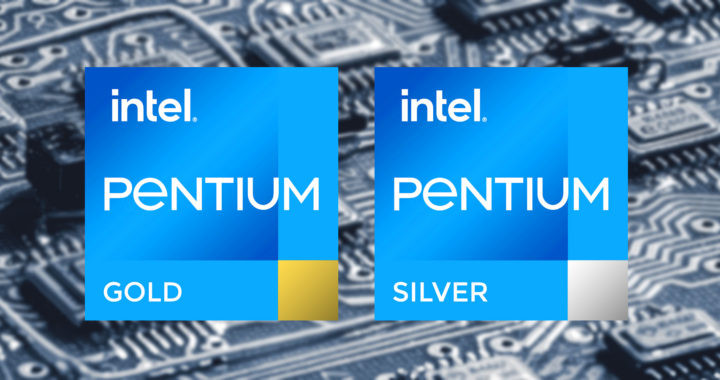The Pentium brand of processors from Intel has been repositioned to cater to the entry-level and budget-conscious segment of the PC market. It is similar to Intel Celeron in terms of overall pricing and similar to the Core i3 in terms of use-case scenarios.
Nevertheless, with the general Pentium brand, there are two major sub-brands: Pentium Gold and Pentium Silver. What exactly is the difference between these two? Which one is better in terms of processing capabilities and performance?
Understanding the Difference Between Pentium Gold and Pentium Silver
What is the general difference between the two Pentium brands?
The “gold” and “silver” nomenclatures are not indicative of the general performance tier. Pentium Gold is not the better version of Pentium Silver. The difference between the two is that the former represents the rebranded Pentium processors for desktop PCs starting from Kaby Lake while the latter is a completely different product geared toward the mobile PC and low-powered device segments such as small laptops and other smart devices.
Note that the Silver sub-brand still has several variants for desktop PCs. It is most closely related to the Intel Celeron brand and, to a certain extent, the Intel Atom brand. However, unlike the Gold brand which uses the standard Intel architecture for desktop computing, the architecture of the Silver brand is similar to the Atom brand and other mobile processors used in compact and mobile gadgets such as tablets and smartphones.
Which is better between Pentium Gold and Pentium Silver?
It would be difficult to tell which one between the two sub-brands of Pentium is better. Of course, when talking about performance or processing capabilities, Pentium Gold is better. The most recent models from the most recent generation of this sub-brand have capabilities similar to the Core i3. However, when considering power efficiency and suitability for mobile applications and embedded solutions, Pentium Silver is better.
Of course, it is important to note that most Silver processors are not readily available for end-use consumers. Intel markets and sells them directly to hardware manufacturers and computer makers. They are also intended to compete against mobile processors or chips used for embedded solutions such as the ARM-based chips from Qualcomm. Gold processors can be purchased as a standalone product for end-use consumers.





